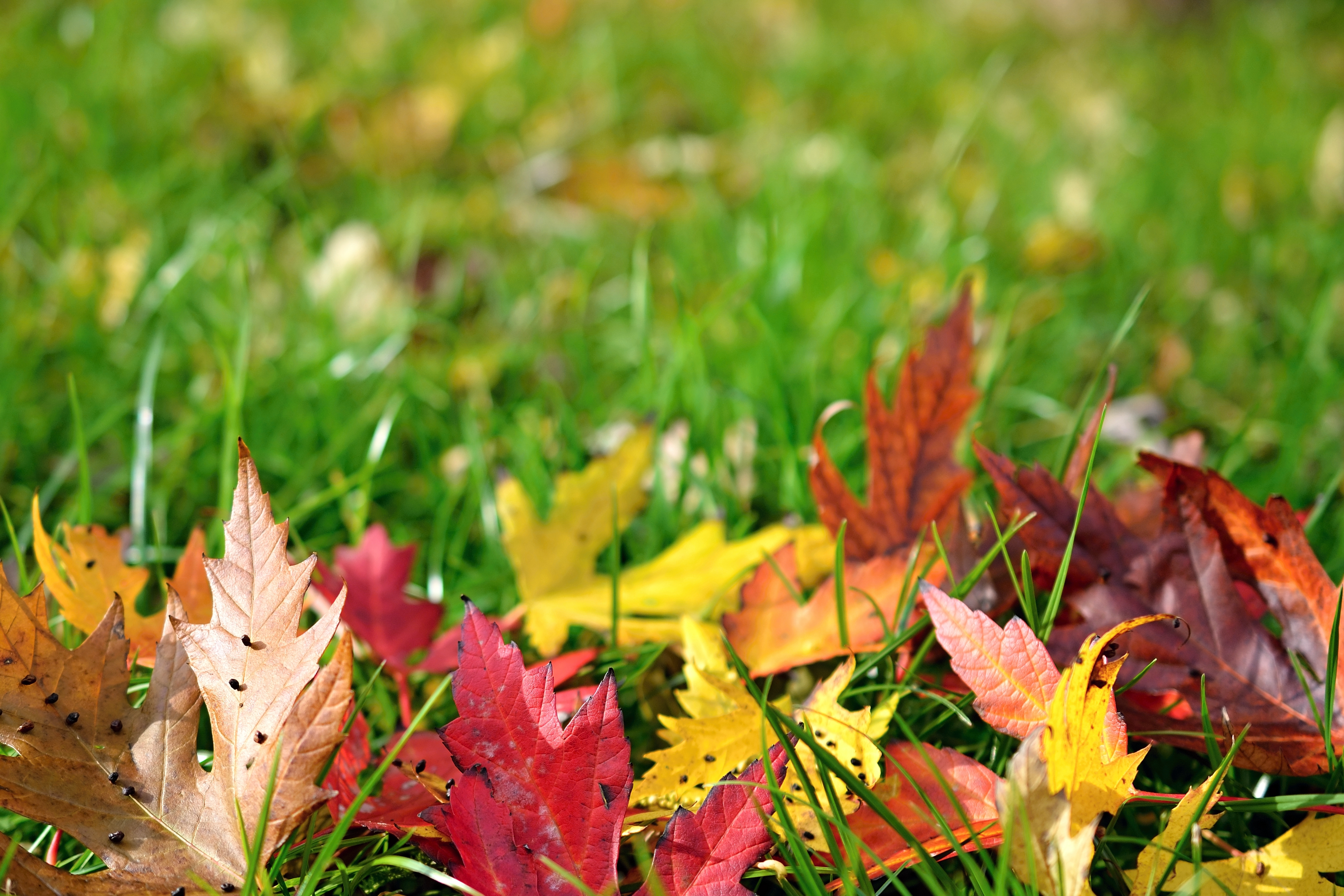Is the lovely local canopy shedding its warm colors into your yard? Well, why not use it to your benefit? Putting your leaves to work means you’re returning your trees’ hard work and nutrients back into the ecosystem!
Why should I bother?
Leaves are free mulch, fertilizer, or insulation all in one! They’re very good at holding water, and full of nutrients. They’re a rich source of calcium, magnesium, phosphorus, potassium, and particularly carbon- all gathered over the whole warm season. They’re food and home alike to your local critters, from worms to fungi to bacteria. They can be a blanket to both insulate soil and protect it from the elements. Bundling it all up in the trash is a waste of such a readily available and all-natural material!
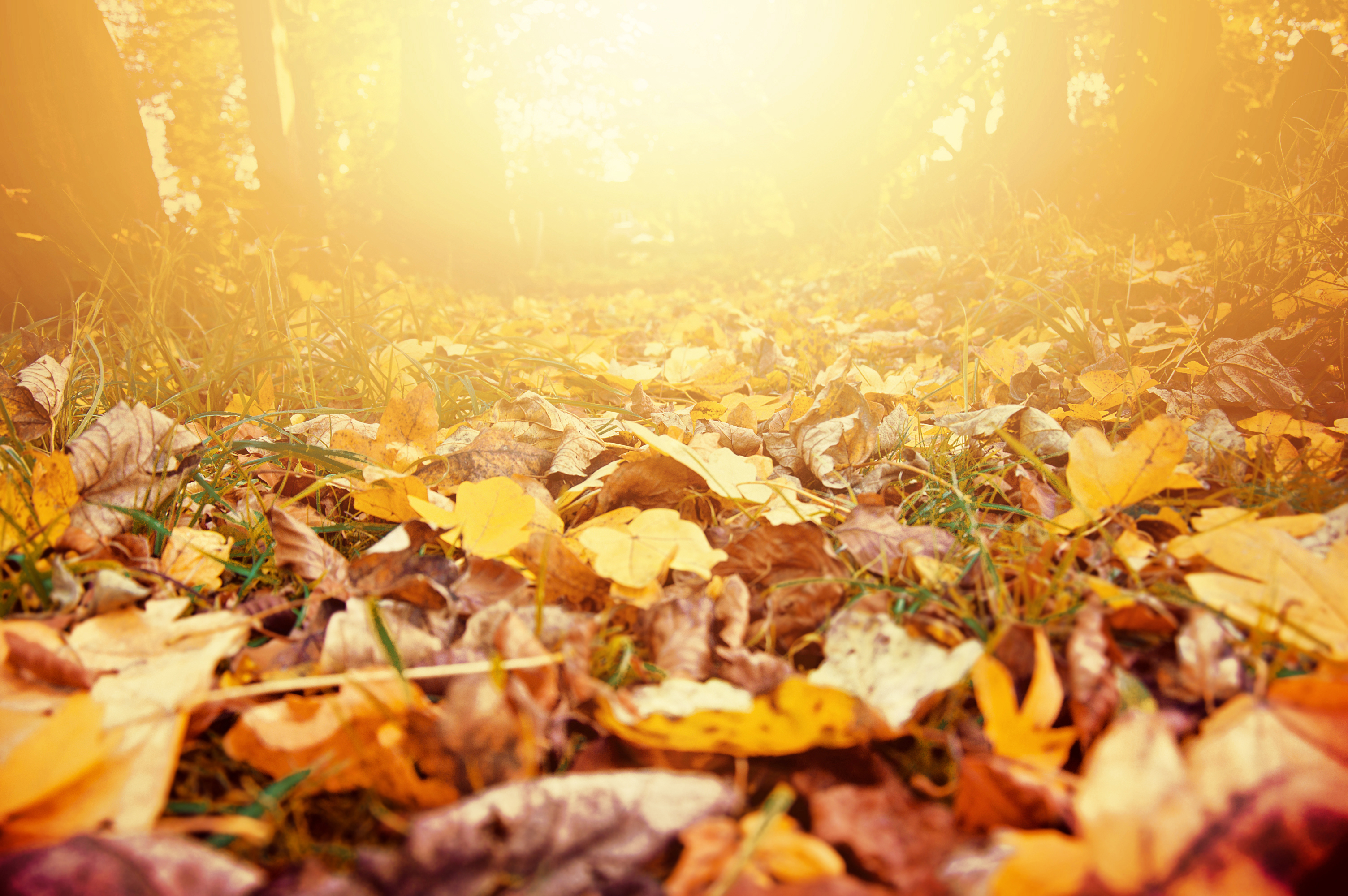
Okay, so how can I use it?
Shred Your Leaves
You don’t necessarily need a leaf shredder for this- taking your lawn mower over the leaves should do just fine! Breaking them down into smaller pieces makes it easier for your garden’s natural decomposers to process. This isn’t required, of course, but it helps!
Mix them into your soil
Leaves are all-around boons to soil health! If your soil is heavy and high in clay, leaves can lighten it up; if it’s dry and sandy, they help retain moisture! If you mix them in now (when the cold season is starting), they’ll decompose over the winter while your veggie crops won’t need the nitrogen. By the time you plant, the nitrogen will be available again! If you mix them in while your plants are growing, though, make sure to add some slow-release nitrogen fertilizer so everything can run smoothly.
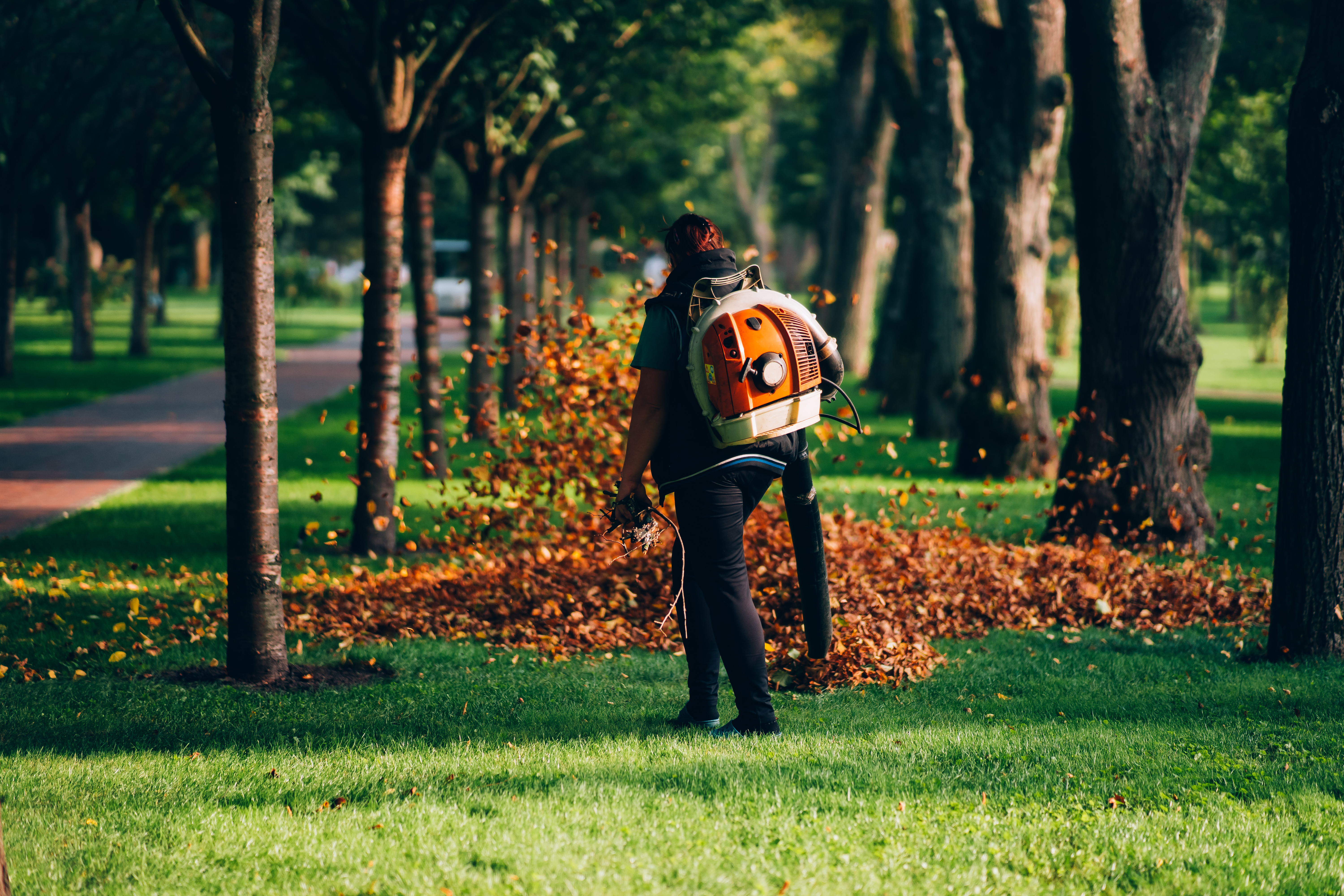
Insulate and Mulch Your Plants
A thick layer of leaves will protect your plants’ sensitive roots from the biting cold of frost. No amount of leaves will fake a summer’s warmth; but by blanketing cold-hardy plants with leaves, you can push your growing season even past the frosts. A layer like this will also act as great mulch, protecting the soil from erosion, seeds, and also helping to retain water!
Attract Worms
A layer of leaves on top of your garden is like a buffet to your voracious tunneling friends. Worms are an often overlooked but valuable tenant of a garden; their tunnels improve soil aeration and water flow throughout, and help to integrate nutrients from additives like leaves into the soil by eating and excreting it!
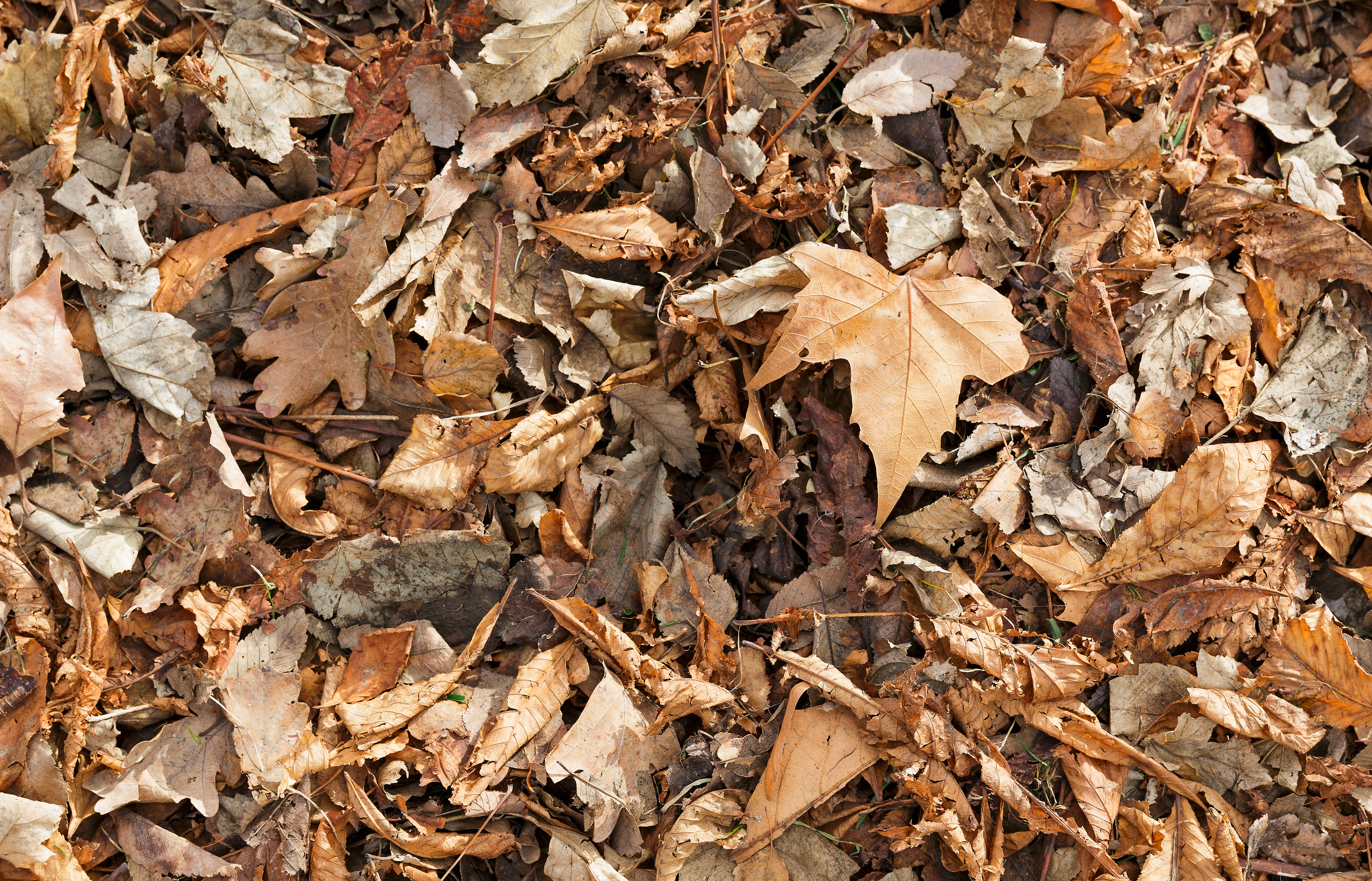
Start Preparing for Next Season
Maybe you don’t want to dig into your soil right now, with the temperatures dropping, and that’s okay! You can start your leaves in a compost pile to have nutritious soil ready for next season, or even start a leaf mold pile. Pound for pound, leaves have twice the mineral content of manure, so they’ll give a great boost to your garden no matter when you use them! Remember, the best compost will have brown (carbon-heavy) and green (nitrogen-heavy) parts, so
What is Leaf Mold?
Left to its own devices, a pile of leaves will be a lovely food source to fungus. If you push your leaves into a pile and let it run its course, in a couple of years it’ll process into leaf mold, a special kind of compost that’s high in calcium and magnesium, and holds enough water to rival even peat moss!
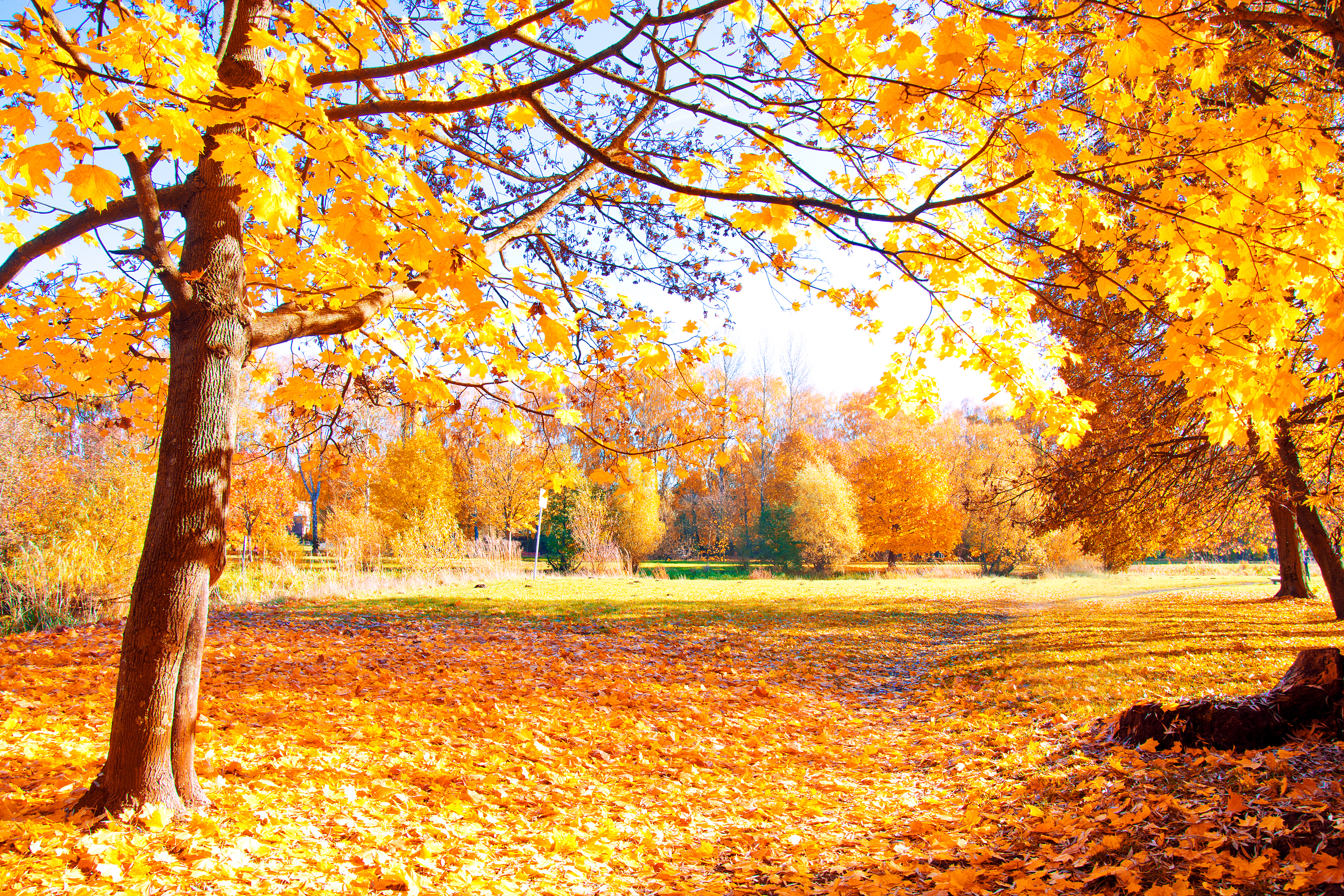
Your trees may be giving up their lovely green coats, but it isn’t for nothing- their now fiery splendor is a natural gift to your space. Not only does it look lovely, but leaves are incredibly beneficial to your garden! Whether you use them for their abundance of nutrients, their water-retaining power, temperature control, or a home for beneficial critters, the falling of leaves is a boon to your garden every year!
